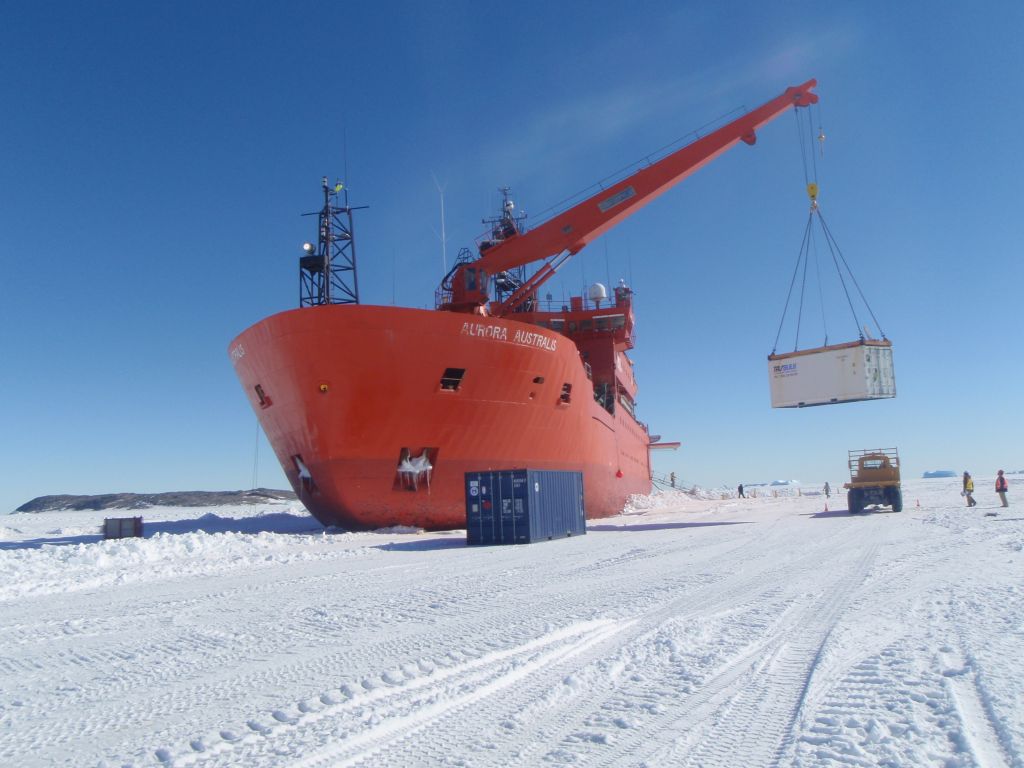
At the height of Australia’s bushfire crisis, with a wall of flames surrounding Mallacoota, a new emergency emerged: not only were more than four thousand people trapped, they were desperately short of water, food, medical supplies and fuel.
For a community completely isolated from ordinary supply routes – roads were cut by active fire and fallen trees, while air support was hampered by thick smoke – it was the sea that became their saviour.
Merchant seafarers were among the first on the scene, with vessels including the Sycamore, Far Saracen, and Far Senator delivering the desperately needed aid and assisting with the evacuation.
Similar stories were repeated along Australia’s coastline. On Kangaroo Island, ferries undertook the mass evacuation of people and delivered supplies, firefighting equipment, and defence personnel.
At Eden, tugs provided a final line of defence, their hoses protecting hundreds of locals sheltered on the wharf while pilot boats provided assistance to vessels in the harbour.
In countless coastal communities, with roads cut and escape impossible, a flotilla of small craft carried people out of harm’s way, while thousands more sheltered on beaches.
Amid the horror it quickly became clear the nation must invest in emergency resources as it seeks to adapt to the realities of a warming climate that will continue to drive increasingly catastrophic bushfires and extreme weather events.
With more than 80 per cent of Australia’s population living along the picturesque coastlines, the need for a maritime emergency response capacity to be among those enhancements was equally clear.
While specialist emergency vessels can come with eye-watering price tags, luck would have it that a vessel perfectly suited to this role, with proven capability and reliability, is about to become available at a fraction of the price.
After three decades of service with the Australian Antarctic Division, the flagship icebreaker Aurora Australis is currently undertaking its final voyage before being replaced later this year by the RSV Nuyima.
With the capacity to carry and transfer a million litres of fuel, a functional hospital, desalination equipment that can make fresh drinking water anywhere, and extensive storage for food, clothing and emergency equipment, the Aurora can deliver what is most needed directly to devastated communities.
Designed to operate independently for months at a time in some of the toughest conditions on earth, the Aurora is able to reach much of Australia’s coastline within days putting resources where they are needed fast.
With accommodation and catering capacities for more than 100 additional people, it would arrive fully-armed with a team of first-responders
The vessel would allow the quick restoration of communications, while the helicopter pad and refueling station would provide a launching point for more remote search, rescue, or assistance work.
Reliable advice from within the industry says that the Australian Government could purchase the Aurora, place it in dry dock to undertake maintenance and minor modifications for its new role, and have it launched as an emergency response vessel for less than $10 million.
The Aurora would also provide other services, such as support to regional neighbours in the Pacific following their own emergencies, and as a backup to the Antarctic program. It could also be used as a training vessel for Australian seafarers, both naval and merchant.
While the efforts of merchant seafarers delivered exceptional outcomes during the current bushfires, the development of a formal, coordinated, emergency capacity would ensure the resources needed for large-scale emergency relief and rescue operations are always at the ready.
Labor has expressed support for the proposal, recently writing to Prime Minister Scott Morrison seeking bipartisan backing for the Aurora’s acquisition, but the active support of coastal communities across Australia may well be the deciding factor.
Australia has an unprecedented opportunity to acquire this specialist emergency response vessel at a tiny fraction of the cost of a new build, adding to the depth and resilience of our emergency services in the face of an increasingly challenging world.
Whether assessed operationally, economically, socially or politically, this opportunity is simply too good for the country to pass up.






